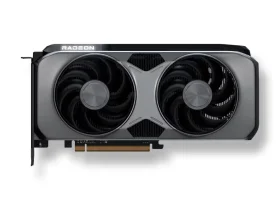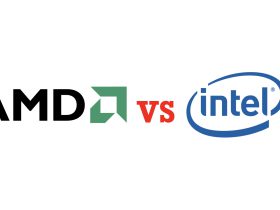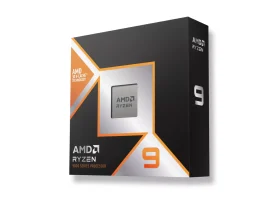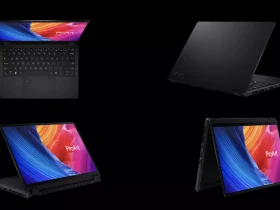Nvidia’s H20 Chips Return, But Expectations Are Tempered
Nvidia is preparing to reintroduce its H20 AI chips to the Chinese market after a months-long export ban. While this development is considered a policy win for the U.S. chipmaker, experts believe it may not translate into a full market rebound.
In April, Nvidia’s exports to China were effectively halted due to tightened U.S. trade restrictions. However, a recent policy shift by the Trump administration has allowed the company to resume sales. Alongside this, Nvidia has launched a China-specific chip designed to fully comply with export rules.
Despite this positive turn, industry insiders warn that Nvidia may struggle to reclaim its former market share, which has diminished in its absence.
Analysts Project Ongoing Decline in Market Share
According to a report by Bernstein, Nvidia’s share of China’s AI chip market is expected to shrink to 54% by 2025, down from 66% in 2024. While logistical delays contributed to this decline, the primary driver appears to be the rapid rise of domestic AI chipmakers.
Chinese companies such as Huawei, Cambricon, and Hygon have made significant inroads during Nvidia’s absence. Bernstein predicts the localization rate of AI chip consumption in China will soar from 17% in 2023 to 55% by 2027, signaling a strategic shift toward self-sufficiency.
Domestic Competition Strengthens Under U.S. Restrictions
The U.S. government’s export restrictions have unintentionally opened the door for local innovation in China’s AI industry. Without access to the most advanced foreign alternatives, Chinese chipmakers have seized the opportunity to fill the gap.
“U.S. export controls have created a unique opportunity for domestic AI processor vendors,” Bernstein’s report stated. The growth of homegrown alternatives is not only reshaping the competitive landscape but also raising questions about the long-term relevance of American chips in China.
Cautious Optimism from Industry Experts
Some analysts, like Daniel Newman, CEO of The Futurum Group, maintain a more optimistic view of Nvidia’s return. He suggests that while the company may face temporary market erosion, there is still room for recovery.
However, Newman also cautions that many customers have already transitioned to domestic chip alternatives, which may reduce their incentive to revert to Nvidia products—even with the renewed access.
Geopolitical Calculations and Trade Strategy
Prior to the lifting of the H20 ban, Nvidia CEO Jensen Huang had urged policymakers to relax restrictions, arguing that they were undermining U.S. tech leadership. His lobbying efforts aligned with growing calls for a more flexible export control framework.
Officials have indicated that this move may be part of broader trade negotiations with China. According to Reva Goujon from the Rhodium Group, the underlying assumption is strategic: “By keeping U.S. technology companies in the China game, the U.S. can preserve and even grow its geopolitical leverage.”
The Case for a “Sliding Scale” Export Policy
Rhodium’s recent analysis suggests the U.S. might adopt a “sliding scale” approach to tech exports—one that enables chipmakers like Nvidia to operate within China while still aligning with national security goals.
This could allow U.S. firms more room to compete, especially as Chinese companies such as Huawei continue to enhance their chip capabilities. However, this access is not without its challenges.
Regulatory Pressure from Beijing Grows
While Nvidia’s chips are once again available in China, regulatory oversight is intensifying. The Cyberspace Administration of China (CAC) recently held discussions with Nvidia regarding national security risks linked to its H20 chips.
Concerns cited include the possibility of built-in “backdoors” that might allow U.S. surveillance or remote control. Nvidia has strongly denied these claims, emphasizing that its chips do not contain any such vulnerabilities.
This scrutiny comes amid proposed U.S. legislation requiring AI chipmakers to include tracking and security features in advanced hardware. The timing of Beijing’s response suggests a reactive posture to U.S. policy changes and a determination to assert control over local AI infrastructure.
Looking Ahead: A Shifting Landscape for AI Chipmakers
Though Nvidia has managed to reenter the Chinese market, its path forward is far from certain. Increased domestic competition, evolving compliance requirements, and geopolitical tension all pose significant challenges.
While the company remains a global leader in AI hardware, it must now navigate a fragmented and highly competitive environment in China. Whether Nvidia can adapt quickly enough to retain its relevance remains to be seen.
Source : Dylan Butts






